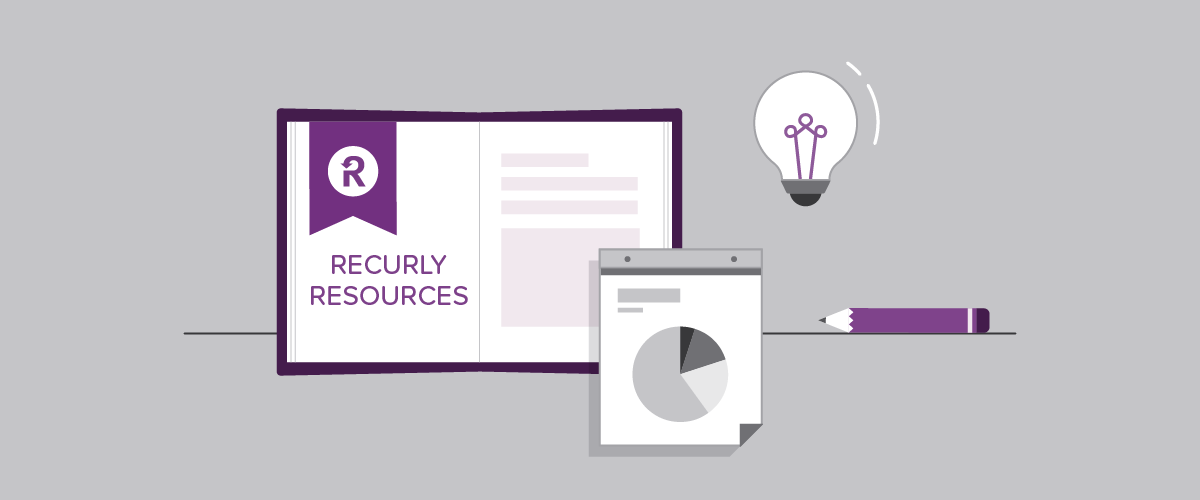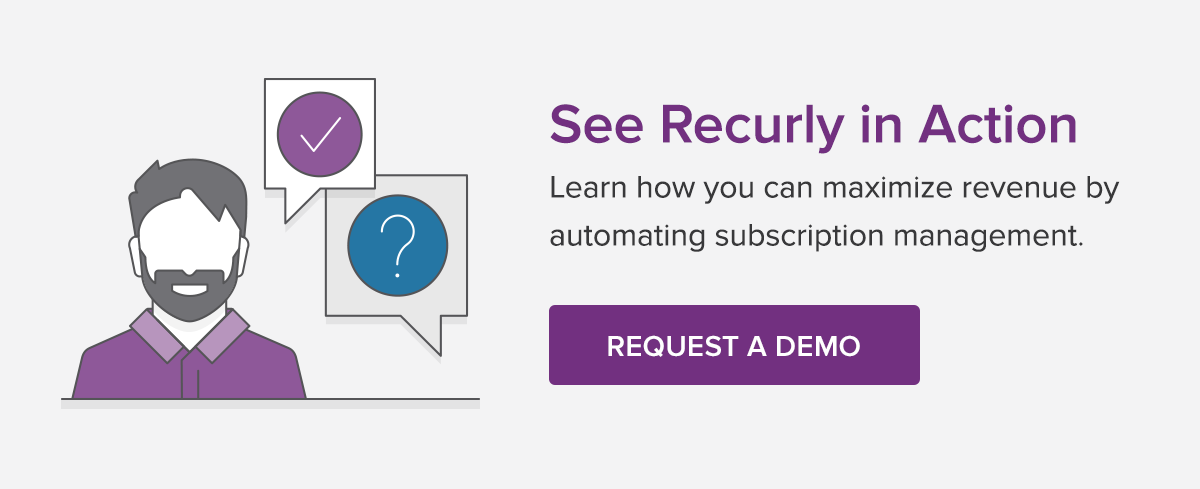Streamlining Financial Operations: Key Learnings From Our Webinar

Recurly recently presented a webinar entitled “Scaling Subscription Billing: A Guide to Streamlining Financial Operations” which received a terrific response from the attendees. This response prompted us to publish this recap along with a link to the recorded webinar for those who missed the live webinar last week.
This webinar, presented by Danielle Childs, Lead Product Manager, discussed how the role of finance in today’s business world goes beyond financial reporting: these professionals need to understand the overall health of the business and provide strategic guidance for how to optimize revenue and future growth. The complexity of subscription billing adds to the demands finance teams face.
There are four keys for being able to scale subscription revenue. These include:
Flexibility in terms of the business’ subscription platform and integrations Automation to provide for streamlined and efficient billing processes Highly effective decline management to reduce churn and maximize revenue Robust analytics to monitor business performance and conduct analysis
For more on how these four things can help scale subscription revenue, view the webinar on our site here.
In the Q&A portion, Danielle addressed several audience questions. Those questions and her answers follow.
Q: When retrying transactions that failed, why does the retry logic need to be optimized for each individual transaction?
A: One example I love to use is insufficient funds. If a transaction fails because of insufficient funds and you retry it too soon, perhaps three days later, there’s a low probability that the customer’s actually going to have funds in their bank account—it’s a pointless retry. The decline reason needs to determine the retry schedule in order to retry the transaction when it’s most likely to be successful. It’s an optimized strategy, not a one-size-fits-all strategy.
Again, with the insufficient funds example, maybe your customers in your vertical tend to get paid on a certain day of the week, and so Friday might be the best day to retry the card. Or maybe you should simply wait a longer time to retry it, to give the customer a chance to add money to their account. There really are a lot of ways you can optimize using machine learning, and then continue to optimize as part of an ongoing process. And because every vertical is a little bit different, machine learning is able to understand what works for your business.
Q: Can you talk more about free trials and how to test to ensure maximum conversions?
A: It really depends on the business. There’s so many different ways you can do a free trial. In general with B2B businesses, trials are very useful in the SMB realm and with more “self-serve” business. But as you move up-market, free trials become less common in enterprises and SMEs (small to medium enterprises).
On the B2C side, depending on your type of business there are cases where a trial doesn’t make sense. Here’s a scenario: If someone can get access to your subscription service and the trial fulfills the immediate need, that person may never convert to a paid subscriber. For example, maybe they just need help on a school essay, and a one-week free trial is enough to get them the answers they need. The lesson here is that if you’re going to offer a free trial, you have to be careful how you design it so that it increases conversions rather than just gives something away.
Another approach that we’ve been seeing recently is to provide free access for a limited time and after that period is up, the paid subscription automatically kicks in. If the subscriber doesn’t like the product or service, they won’t get billed. But if they do, the company charges them and gains a new subscriber.
Another test is to give certain prospect segments a free trial and A/B test if they convert more readily than those who didn’t get a free trial. Recurly has free trial coupons that make this easy. Say you have a subscription that only has a 14-day trial. You can run a promotion with a 30-day free trial coupon, giving certain segments a coupon to get an extended trial, and test whether the extended trial lifts conversion rates.
This is a great way to experiment without having to drastically re-design your checkout page. In Recurly, you can really easily create a coupon code, give it a quick rule, email it out to the segment you want to test, and then analyze the results.
Note to the reader: The Recurly Research team recently did an analysis of subscriber acquisition efforts which included free trials and coupon-based discounts. View this benchmark data here.
Q: How much training is required to get employees knowledgeable to operate your system?
A: With Recurly, we invest a great deal in usability. Recurly has a big design team, and we do extensive user testing and requirements gathering. As a product manager, when it comes to documentation, I tend to want to document every little thing. But then I remember that the system is intuitive by design because we spent so much time on testing and refining the user experience
And that goes back to the topic of finding a subscription management platform that follows accepted accounting standards. For example, you need to be able to create a credit invoice that separates charges and credits. You need clean data and a platform that uses standard accounting terminology.
That said, there will be things you need to understand in every system, so another thing to look for is whether your subscription management platform provide good documentation and customer support, so you can quickly get your questions answered instead of you struggling to figure out something on your own. This is really where automating workflows and making sure they’re intuitive is so helpful. If you’re going to refund a customer, is it clear what your options are? Maybe they get store credit rather than cash back to their card, for example.
With Recurly, I haven’t heard many people say that learning the systems is a big issue. On the other hand, I have found with larger, traditional enterprise companies, you end up with a massive amount of documentation. Or they use unusual terminology and you’re grasping to understand what their terms mean. So, when you’re evaluating a platform, look at their documentation, talk to their support team, engage with their support channels, see how quickly you can understand how things work. That’s going to tell you how easily it will be for your team to understand the system and how much training you might need.
For the rest of the discussion, view the webinar here. For recordings of other Recurly webinars, visit this page.


